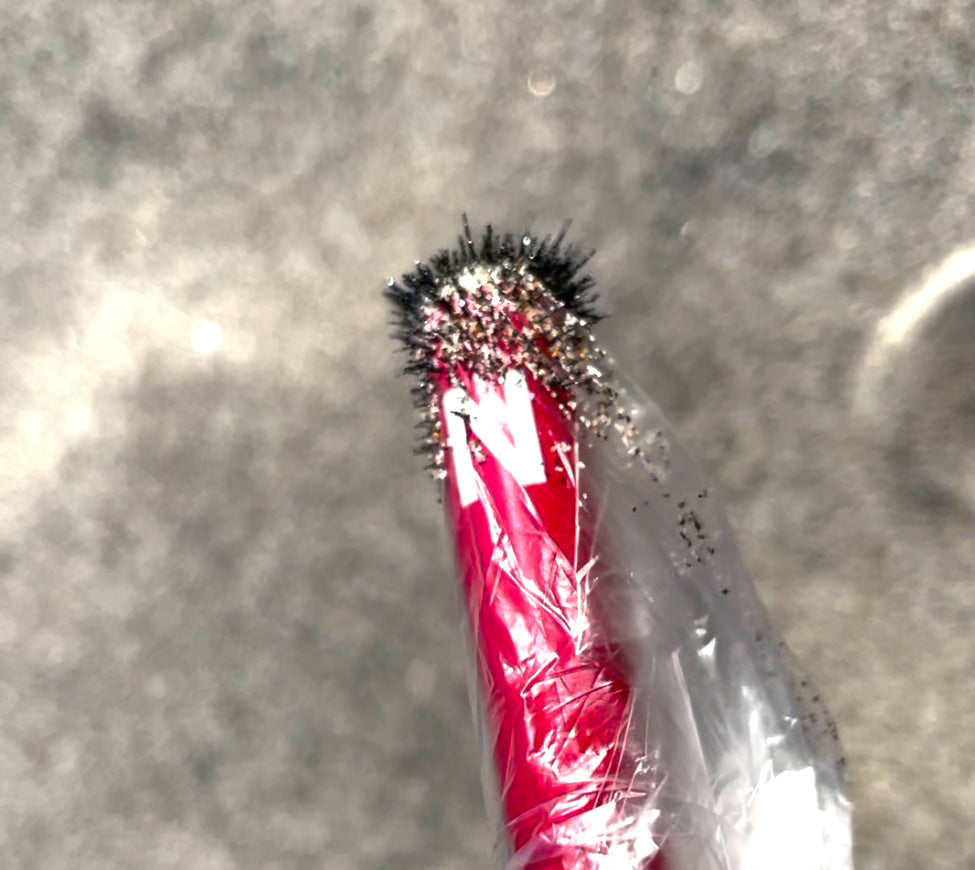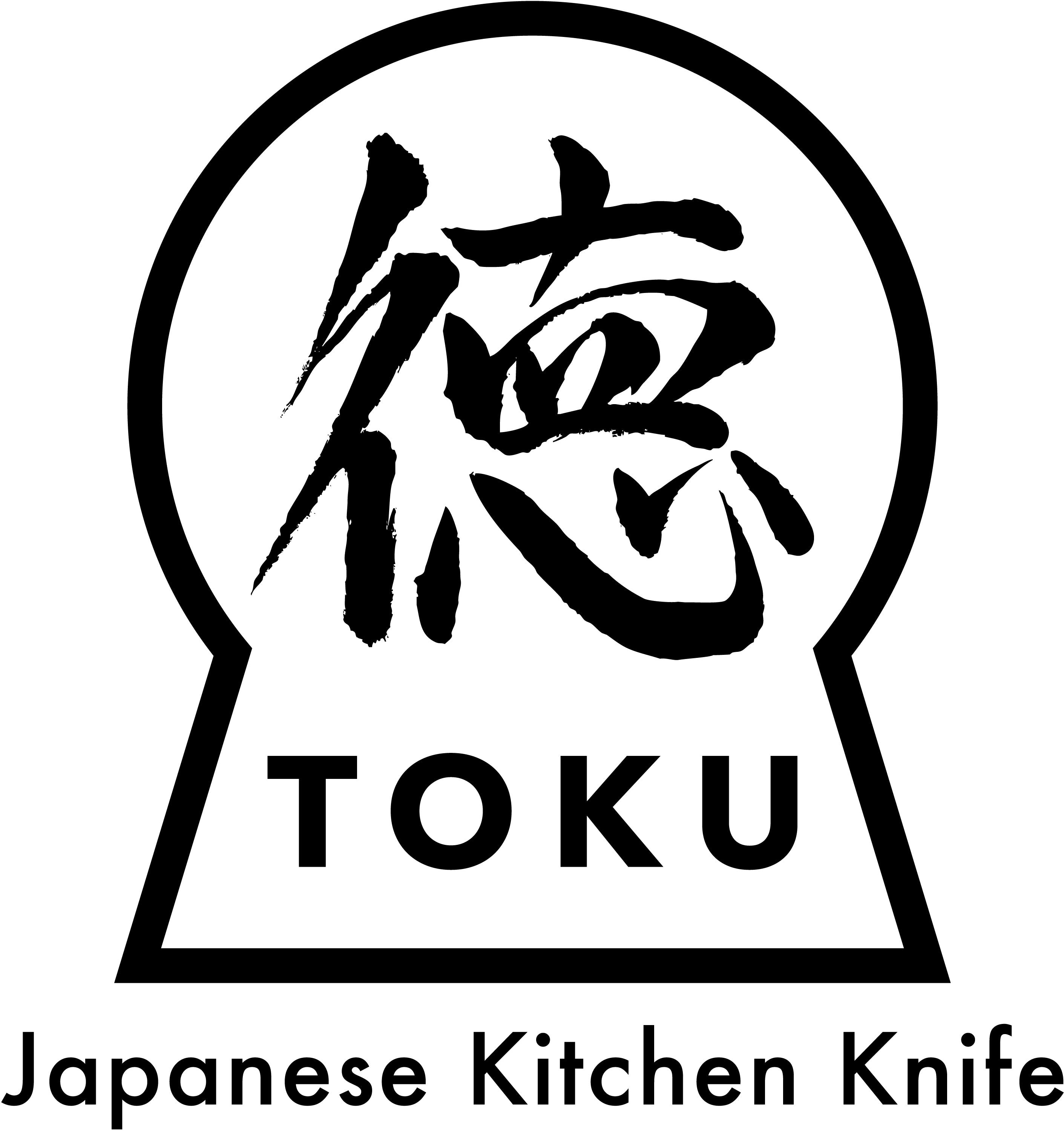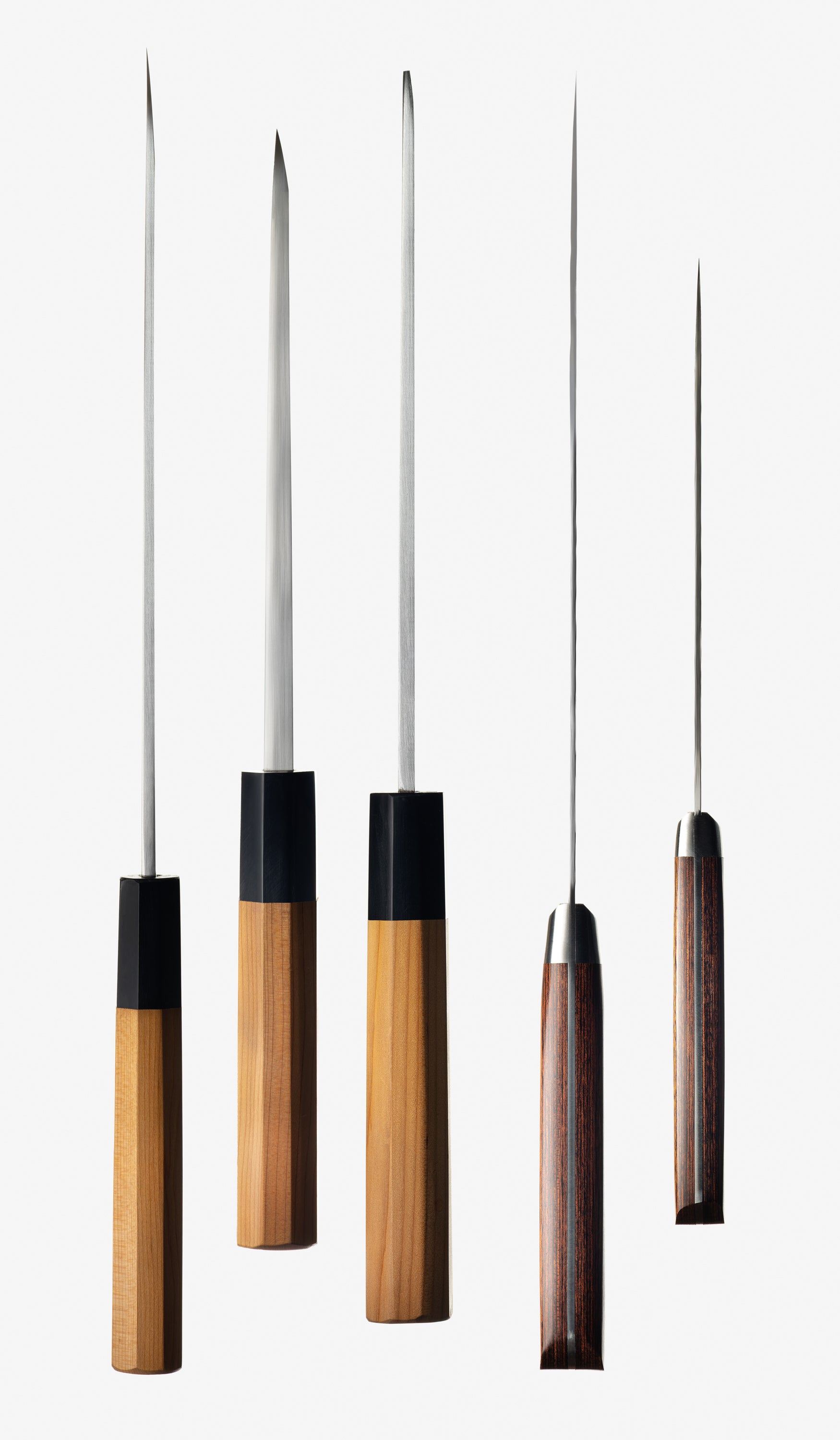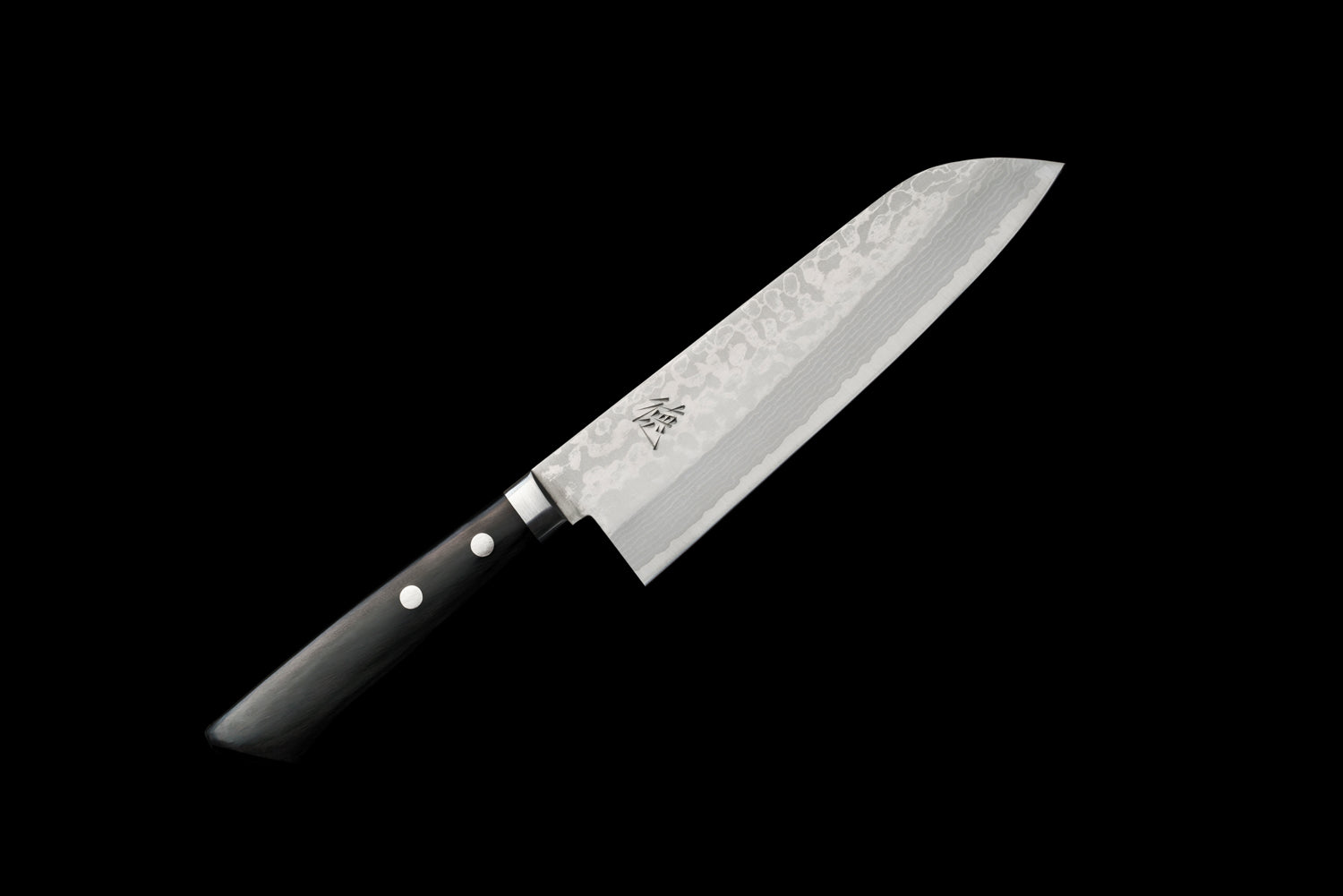
[2024] Tanegashima knife
I am Okudaira, the owner of "Japanese Kitchen Knife TOKU''.We want to sell knives made in our hometown of Sakai, Osaka, so we purchase and sell knives made in Sakai from a knife manufacturer in Sakai.We don't just sell knives, we visit a number of blacksmiths and bladesmiths in Sakai to help our customers understand knives, experience the actual work, and hear from the craftsmen. I'm here. In addition to Sakai, we also visit Seki in Gifu, Tsubame-Sanjo in Niigata, Tanegashima in Kagoshima and Katsushika in Tokyo, in an effort to deepen our understanding of the characteristics and commitment of each.
Tanegashima knife Product lineup here
The origin of the Tanegashima knife is said to be the scissor blacksmithing technique passed down by Ming Dynasty blacksmiths who were on board the Portuguese ship that brought guns to Japan in 1543 . It is said that the scissors introduced from the Ming Dynasty were called Karascissa. Later, these scissors came to be called "Tane scissors."
Tanegashima has long had an abundance of high-quality iron sand, and excellent blacksmithing techniques were developed using it as a material. If you go to the coast called Kanehama, you will see that there is still a large amount of iron sand.
I think it can be said that the environment was set up for people to imitate guns and scissors and create something unique.
An improved version of Kara-scissors is called "Tane-scissors." "Tane-scissors" has a traditional blacksmithing technique that incorporates the Japanese sword manufacturing technique of welding steel to soft iron, resulting in outstanding sharpness and precision construction.
Tanegashima scissors are made by pinning two parts that go well together. It's like finding a compatible couple. It is said that scissors made of two parts that go well together sharpen each other and maintain their sharpness each time they are used, so there is no need for resharpening.
Tanegashima knives are made by applying the technology cultivated in making Tane scissors.
When I actually visited the Tanegashima factory, I was told, "I'd like you to see the process of making scissors, not knives." I thought that they were confident in the highly accurate manufacturing technique of the Tanegashima scissors.
Nowadays, it is made by forging a tool made by joining soft iron and steel. By using a convenient tool, you can eliminate the situation where the soft iron and steel are not matched evenly when joining them together during the forge welding process, and as a result, when resharpening, only a portion of the blade will be removed. It seems that we will no longer run out of (steel). It also seems to be able to increase production efficiency by reducing the number of work steps.
The more steps involved in making a knife, the higher the price tends to be. For these reasons, current manufacturing methods may be appropriate for the times, as they reduce the forging process, shortening work time and lowering costs.
I'm sure you understand that pounding the iron during the forging process removes impurities, strengthens the iron itself, and makes the blade more resistant to chipping. However, as the quality of tools has improved, it is now possible to produce knives that are as good as before, even with the above-mentioned production methods.
Tanegashima knives basically have a finish called Kurouchi, where the flat part is black.
Additionally, Japanese knives called sashimi knives and deba knives are generally single-edged, but sashimi knives and deba knives, which are tanegashima knives, are made with double-edged edges.
Sashimi knives and Deba knives are made with a single edge when the flat part is polished. For beginners in cooking, it may be easier to use a black sashimi knife or a deba knife.
There are two types of steel for the blade: white steel and blue steel. SUS is used for stainless steel.
It has a sharpness that is comparable to any steel material.
Tanegashima's knife factory is run by three people: two brothers and his wife. There seems to be one person in training, but it seems that they are often used for business purposes, so it seems that there is not much progress being made in passing on the skills. There are currently only two knife and scissor manufacturing companies on Tanegashima, so I hope that they will somehow pass on the techniques.
The number of knife-related craftsmen, whether it's blacksmithing or sharpening, is on the decline, so I shared with the wife of the manufacturer and the sales agent that we want to preserve these techniques somehow.
Now, Japanese Kitchen Knife TOKU, a knife manufacturer based in Sakai, which has connections with guns, has started handling Tanegashima knives. Product lineup here
Please try our Tanegashima Knife, which is extremely sharp, lightweight, and easy to handle.
You can check the sharpness on YouTube here.
Let's go to a knife store!
If you don't understand it until you see it, go to a knife store and try holding a knife. However, most stores do not allow you to try cutting the knife, so you cannot check the sharpness before purchasing.
If you don't have a store that sells knives near you, it's best to purchase from a knife specialty store's mail order site.
"Japanese Kitchen Knife TOKU" has a video showing the actual cutting process, so please use it as a reference.



Leave a comment
This site is protected by hCaptcha and the hCaptcha Privacy Policy and Terms of Service apply.